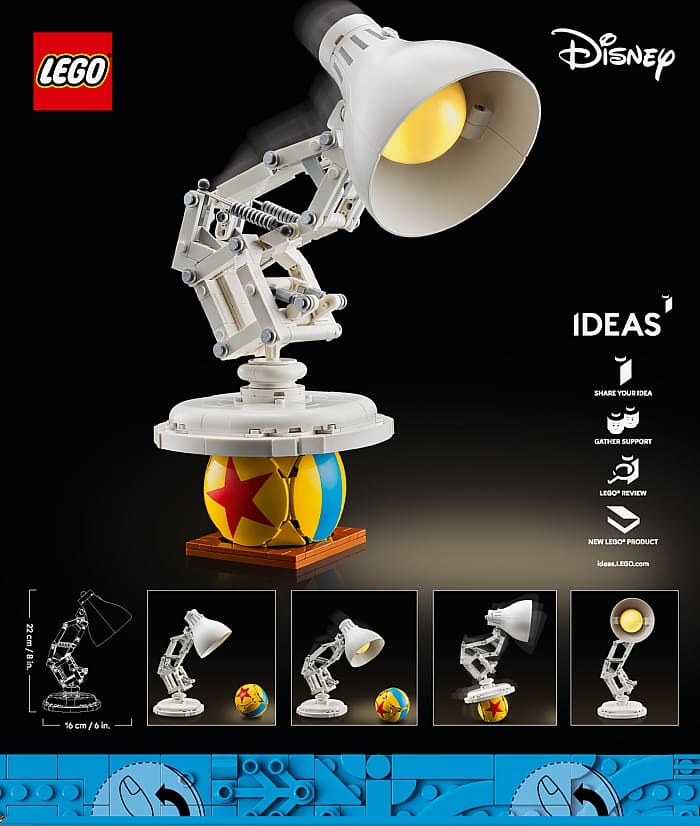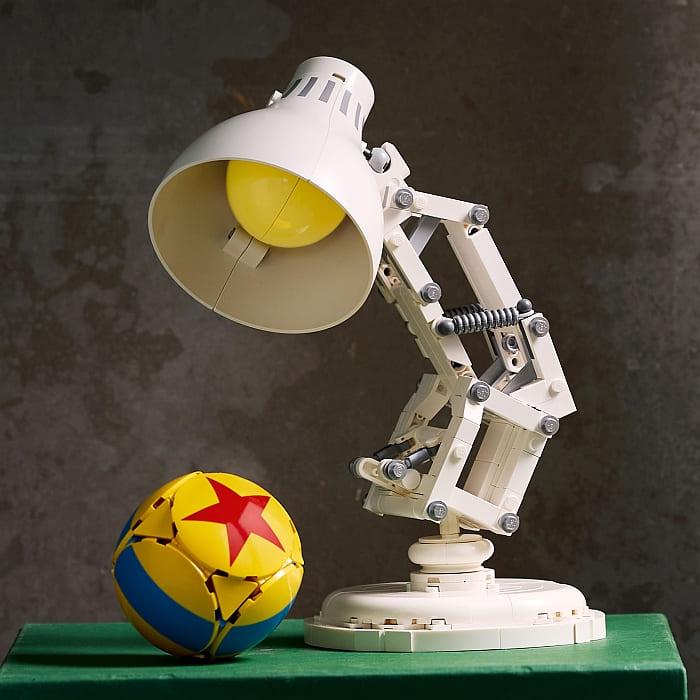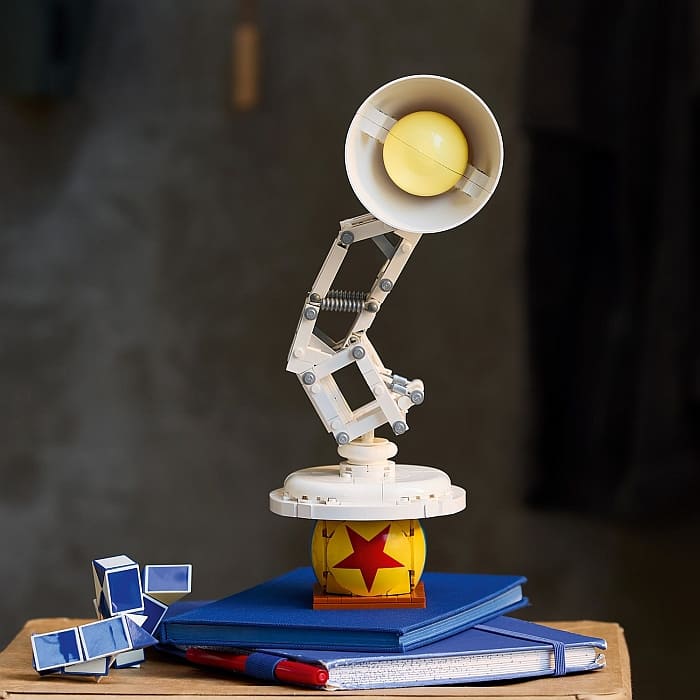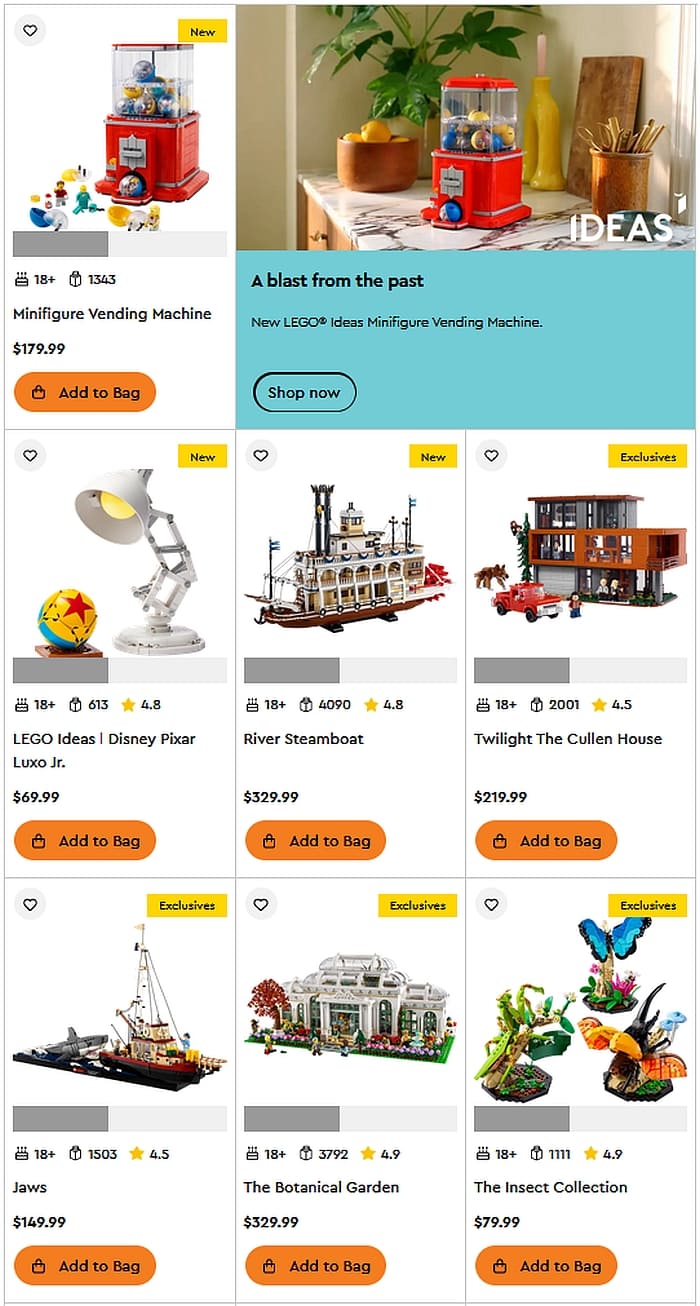Besides the newly released LEGO sets we talked about a couple of days ago, there are also several upcoming sets already available for pre-order. You can purchase these sets now, and they will ship on their release date. Take a look below.
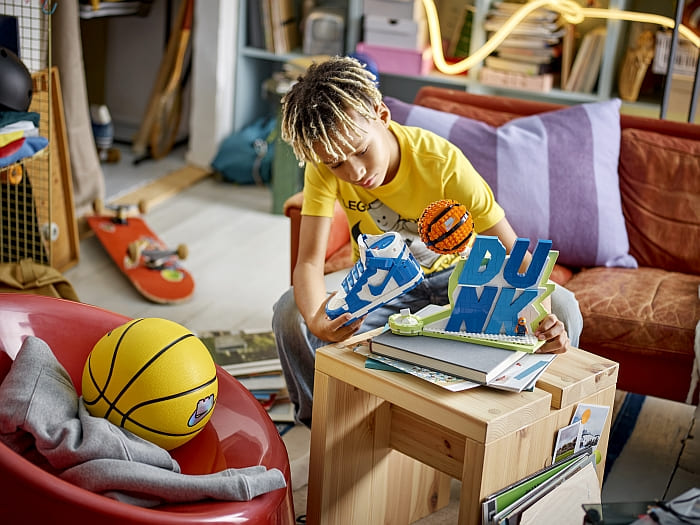
The #76304 LEGO Batman Forever Batmobile from the Batman Forever movie features a molded windshield, moving wheels, decorations, and a cockpit that opens to reveal a detailed interior. The set is going to be available from August 1st for $99.99. You can pre-order it at the LEGO Batman section of the Online LEGO Shop.
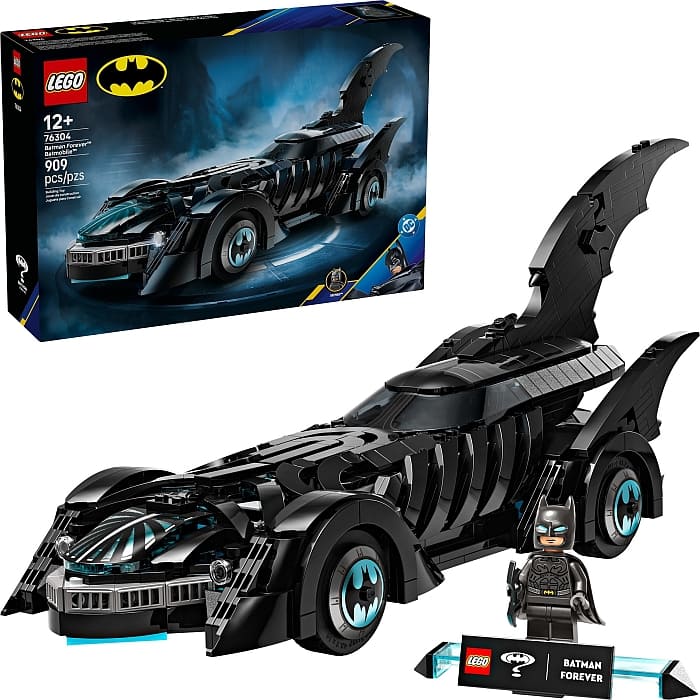
The #60470 LEGO City Explorers’ Arctic Polar Express Train features a remote-controlled LEGO Powered Up locomotive with a snowplow, a panoramic passenger car, a flatcar, and a snow tractor. Kids get 22 pieces of train track, a mountain tunnel with a rockfall function, an outpost building, and a mining cave. Just add the Johnny Thunder and 5 explorer minifigures, plus 2 Arctic fox figures, and let the adventures begin. The set is going to be available from August 1st for $209.99. You can pre-order it at the LEGO City section of the Online LEGO Shop.
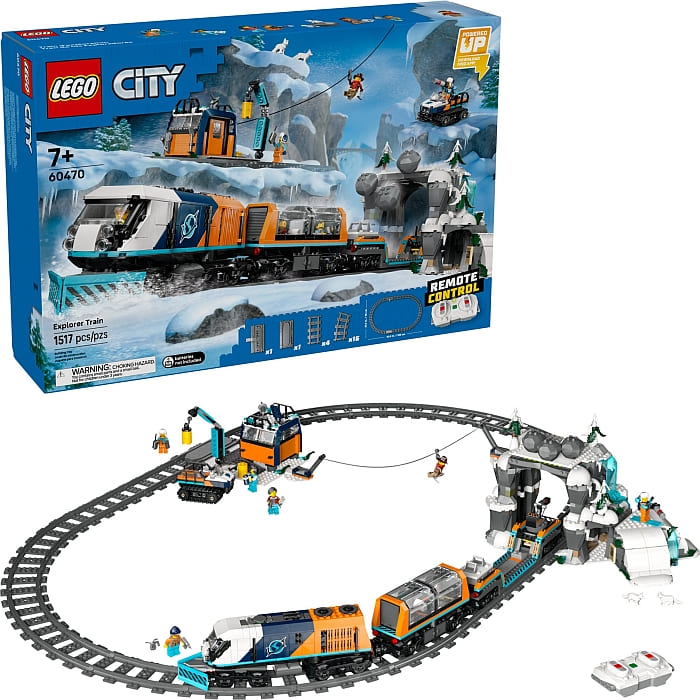
The #31174 LEGO Creator Retro Telephone features a cool retro phone from the 1960s with a liftable receiver, a flexible cord, a rotary dial, and a spring function for when callers hang up. The retro decor set also comes with a brick-built pencil and a customizable sticky notepad with a choice of three tiles featuring different messages. Two other alternate builds are a phone from the 1980s sitting on a charging base or two cool phones from the 2000s. The set is going to be available from August 1st for $29.99. You can pre-order it at the LEGO Creator section of the Online LEGO Shop.
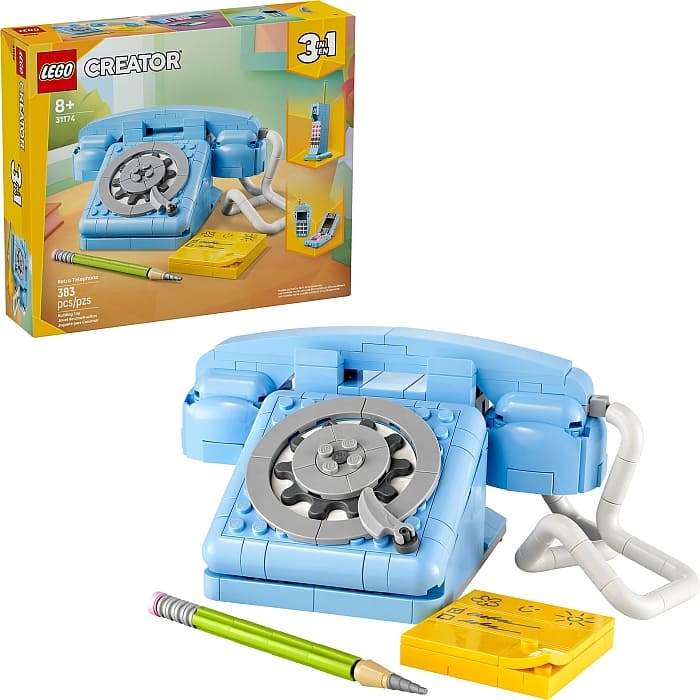
The #43277 LEGO Disney Cruella De Vil’s Car features a brick-built Disney’s 101 Dalmatians vehicle with opening doors, removable roof, and steering via the spare wheel. The set is going to be available from September 1st for $49.99. You can pre-order it at the LEGO Disney section of the Online LEGO Shop.
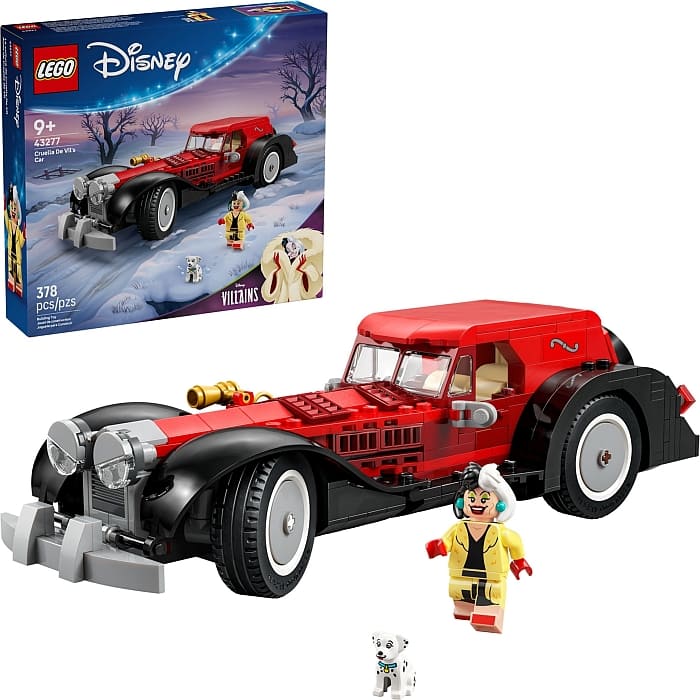
The #77078 LEGO Fortnite Mecha Team Leader is based on an iconic robot character that saved the Fortnite Battle Royale Chapter 1 Island, before discovering its pose-and-display potential. It can be posed in different directions at the hips, arms, feet, and head, and comes with a sword accessory. There’s also a minifigure based on the same character that can be placed in the driving seat in the figure’s chest cockpit. The set is going to be available August 1st for $249.99. You can pre-order it at the LEGO Fortnite section of the Online LEGO Shop.
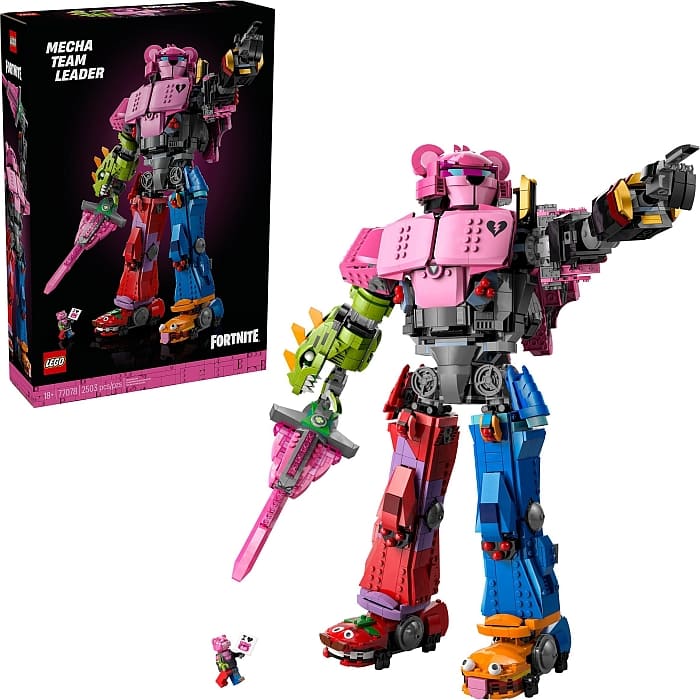
The #10375 LEGO Icons How to Train Your Dragon: Toothless model playfully captures the charm of the iconic Night Fury. Choose between the fish and plasma-blast attachments and pose the head, jaw, wings, and tail to create a captivating display for your home or workplace. The set is going to be available from July 1st for $69.99. You can pre-order it at the LEGO Icons section of the Online LEGO Shop.
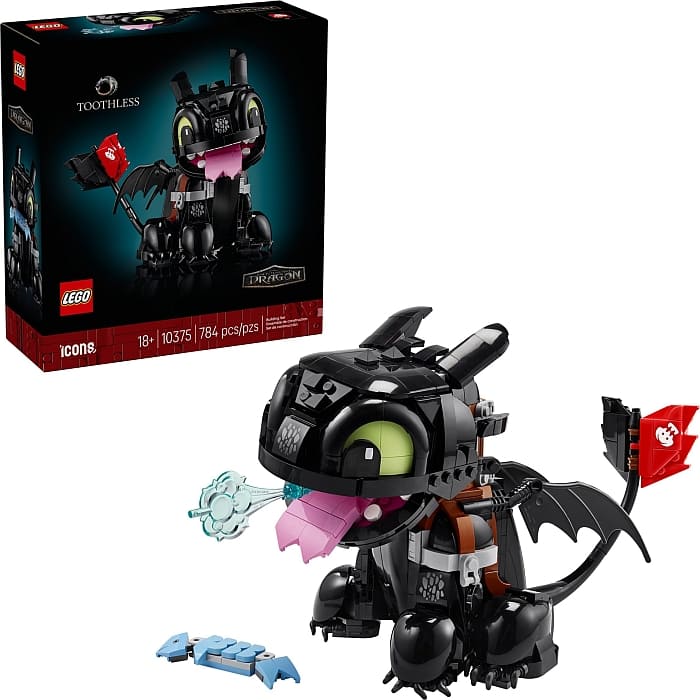
Five upcoming new sets for LEGO Marvel fans are the #76321 LEGO Marvel Spider-Man vs. Doc Ock Subway Train Scene for $54.99, the #76329 LEGO Marvel Miles Morales’ Mask for $69.99, and the #76326 LEGO Marvel Iron Spider-Man Bust for $59.99, the #76317 LEGO Marvel Peter Parker’s Apartment for $54.99, and the #76325 LEGO Marvel Avengers: Age of Ultron Quinjet for $129.99. You can pre-order them now at the LEGO Marvel Super Heroes section of the Online LEGO Shop.

The #43008 LEGO Nike Dunk x LEGO Set features a Nike Dunk, rotatable brick basketball and iconic “Dunk” slogan that sports fans can build, rebuild and display. Hidden within the Nike Dunk model are stash compartments to safely store championship rings or other essentials, as well as extra laces for custom color swap-outs. Accompanying the build is super fan B’Ball Head – an exclusive minifigure that rocks its own Nike drip and some mini Nike Dunks that match the iconic build. The set is going to be available from July 1st for $99.99. You can pre-order it at the LEGO Nike section of the Online LEGO Shop.
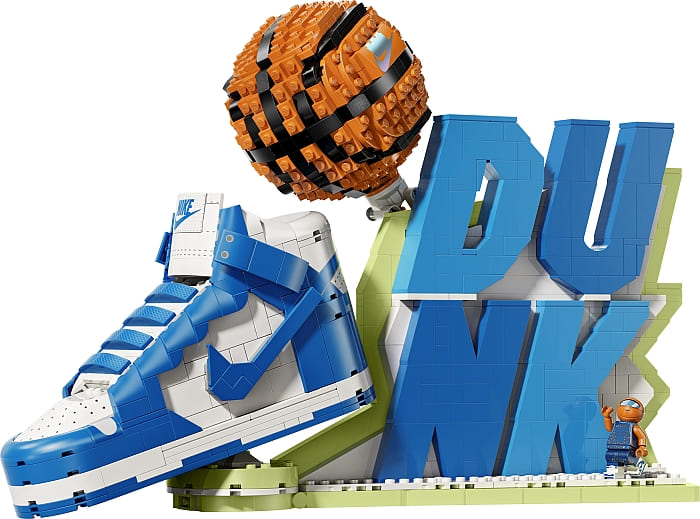
The #77237 LEGO Speed Champions Dodge Challenger SRT Hellcat Sports Car features many of the same bold design details as the real-life muscle car, including a long hood, a bulging hood scoop, a bold front grill and dual tailpipes. The collectible car model also comes with a driver minifigure so kids and muscle car fans can stage races on the track or open road. The set is going to be available from August 1st for $26.99. You can pre-order it at the LEGO Speed Champions section of the Online LEGO Shop.
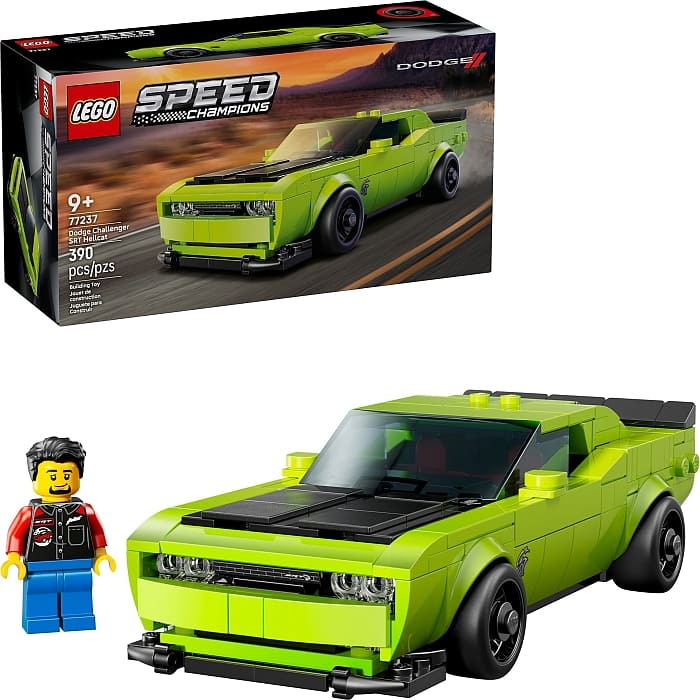
The #75428 LEGO Star Wars Battle Droid with STAP features a brick-built posable figure of a Battle Droid riding its STAP speeder on the display stand or lift the character and STAP off the stand for swooshing action. The Battle Droid can also stand on its own, with its brick-built blaster attached to its back or held in its hands. The set is going to be available from July 1st for $139.99. You can pre-order it at the LEGO Star Wars section of the Online LEGO Shop.
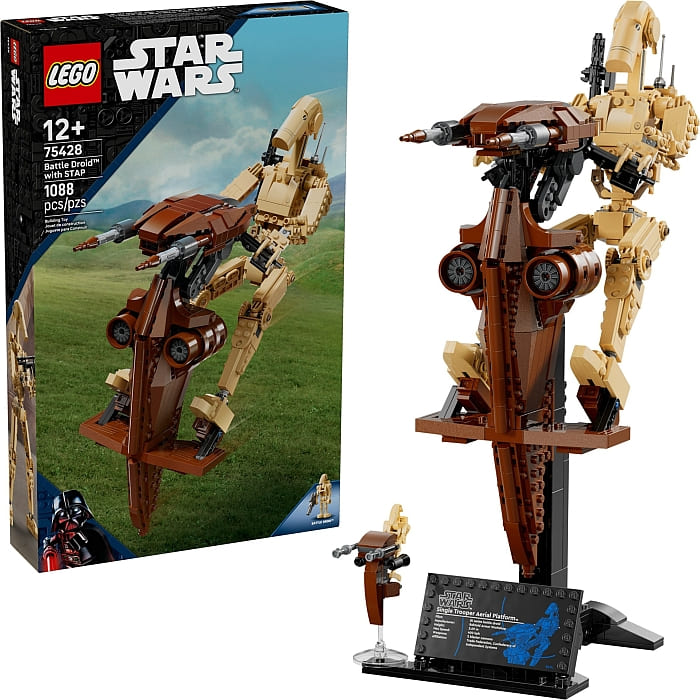
Four new LEGO Technic sets that will be available starting in August are the #42213 LEGO Technic Ford Bronco SUV for $64.99, the #42214 LEGO Technic Lamborghini Revuelto Super Sports Car for $189.99, the #42215 LEGO Technic Volvo EC500 Hybrid Excavator for $429.99, and the #42212 LEGO Technic Ferrari FXX K for $64.99. You can pre-order them now at the LEGO Technic section of the Online LEGO Shop.
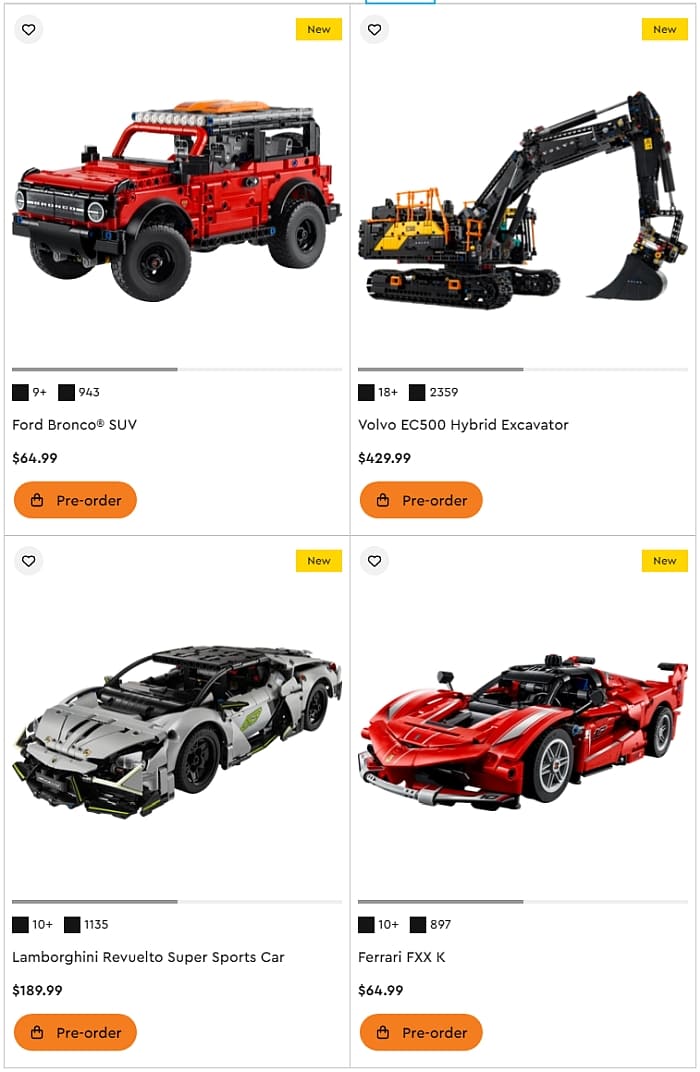
Please note that you won’t be charged for pre-ordered sets until the set actually ships, but pre-ordering guarantees that you will receive them as soon as they become available. This can be especially helpful on sets you know will be very popular, and there is a chance they will go on backorder soon after their official release. So, although pre-ordering isn’t necessary, it can be useful at times.
What do you think? Are you excited about any of the recently released and upcoming sets? Feel free to share and discuss in the comment section below!
And you might also like to check out the following related posts:
